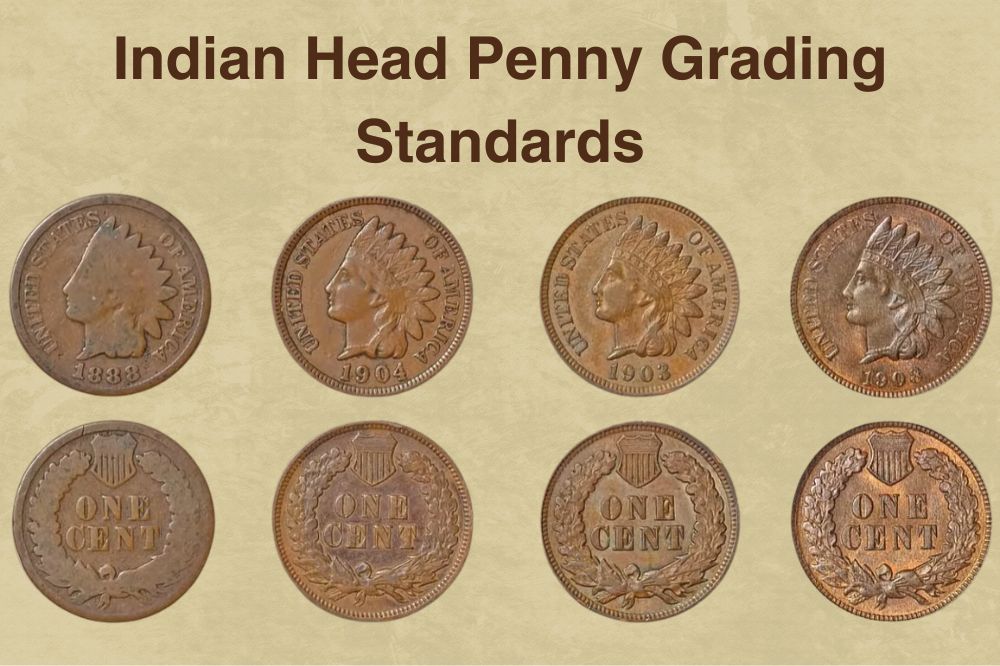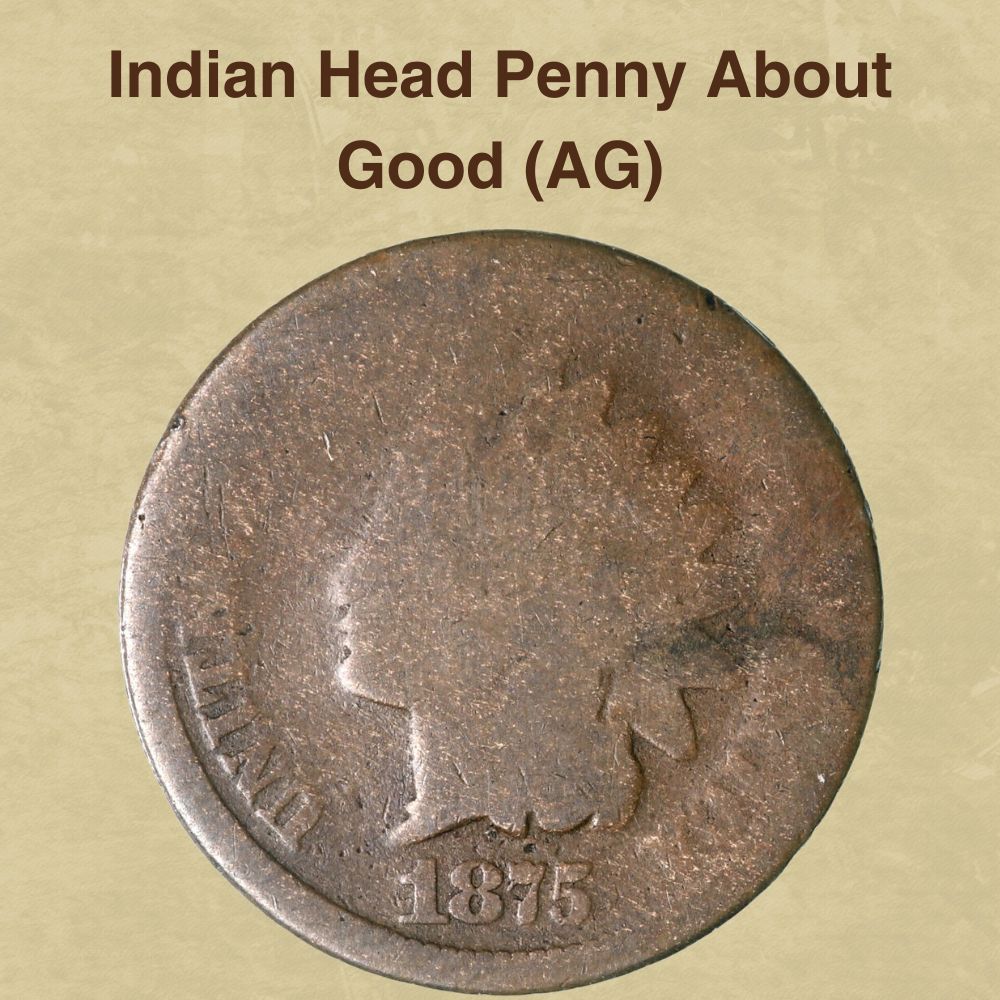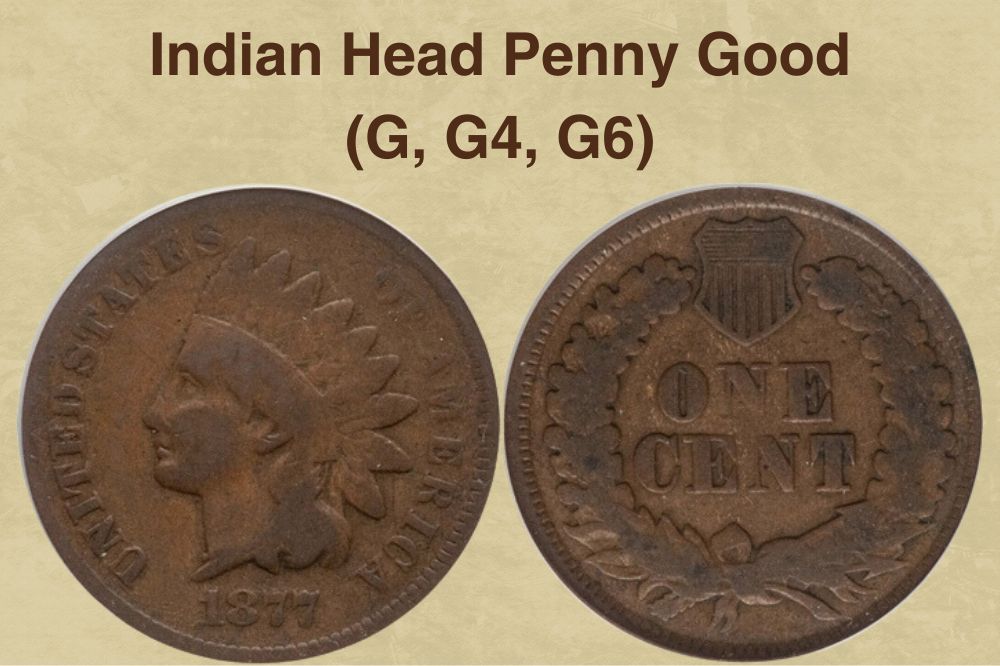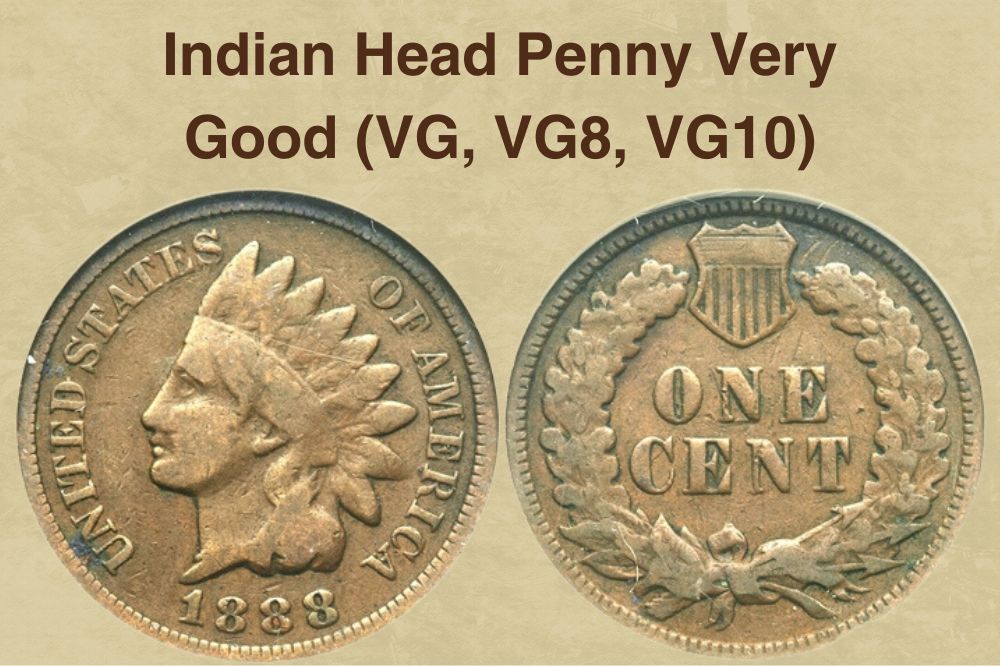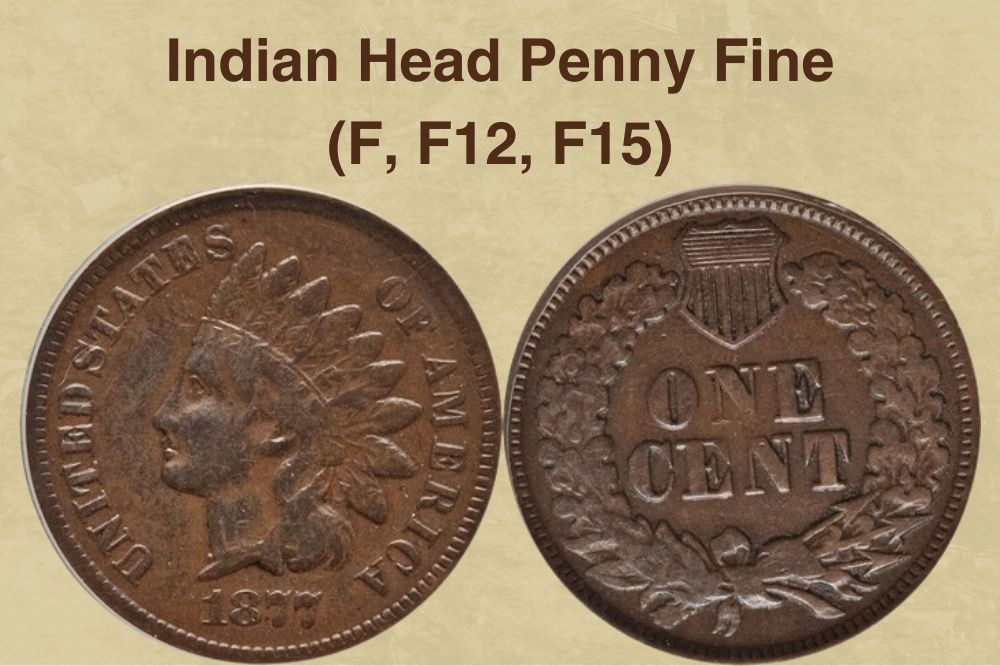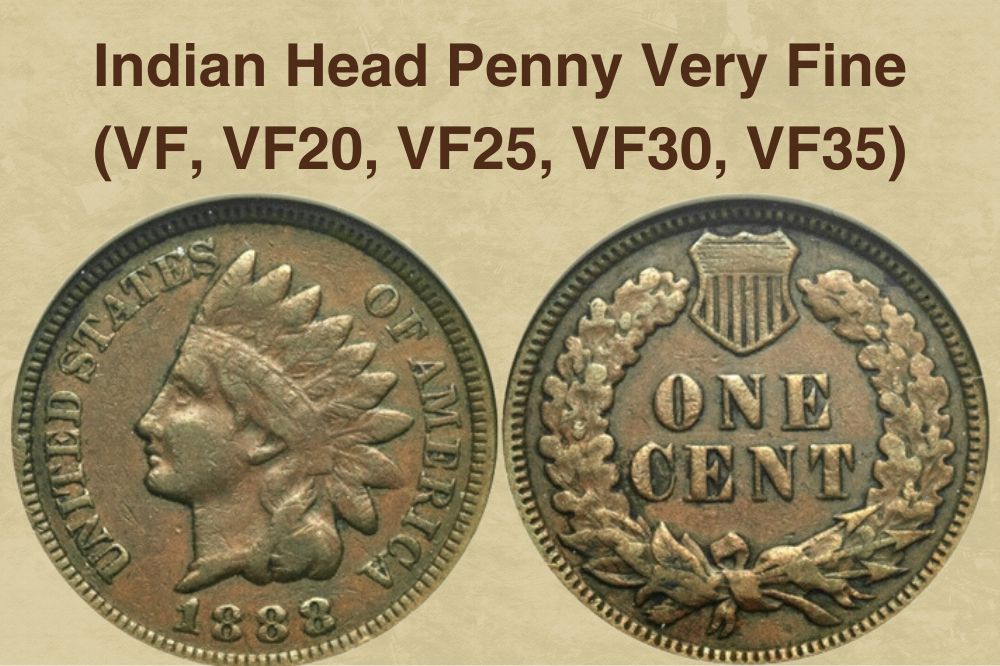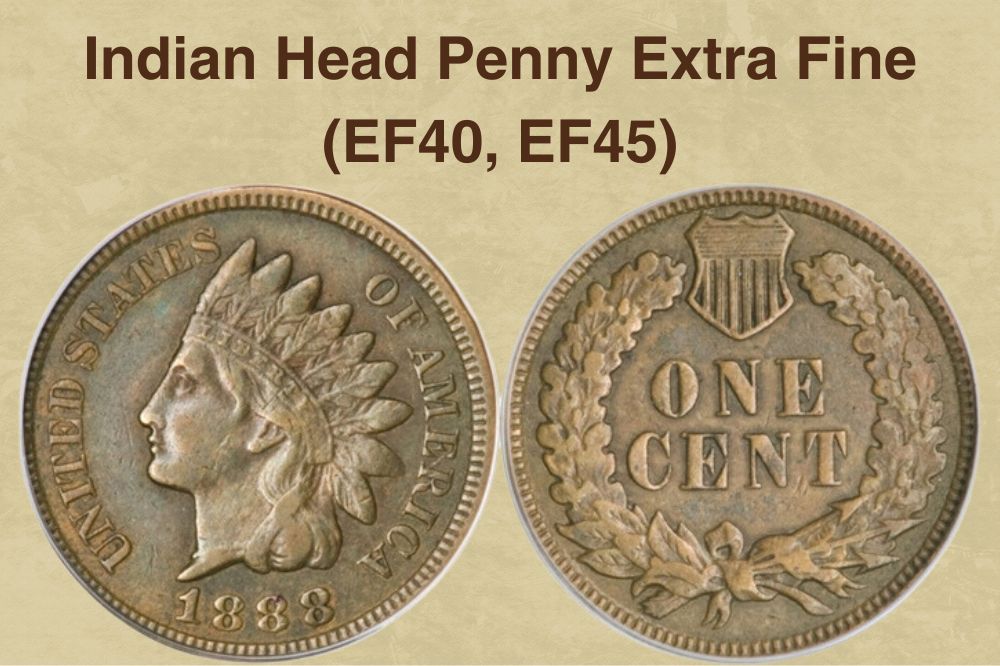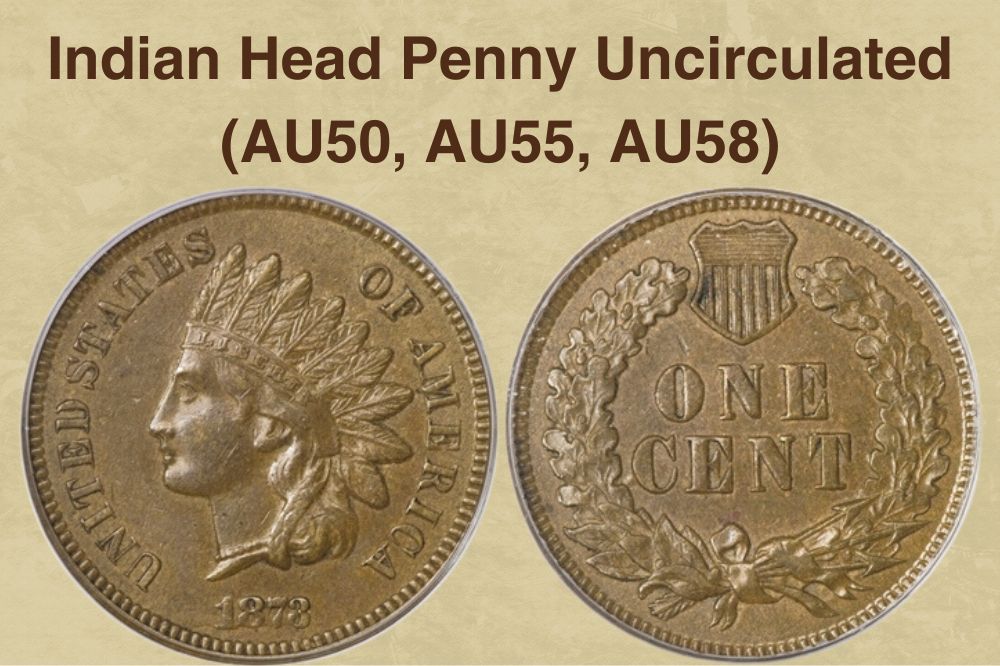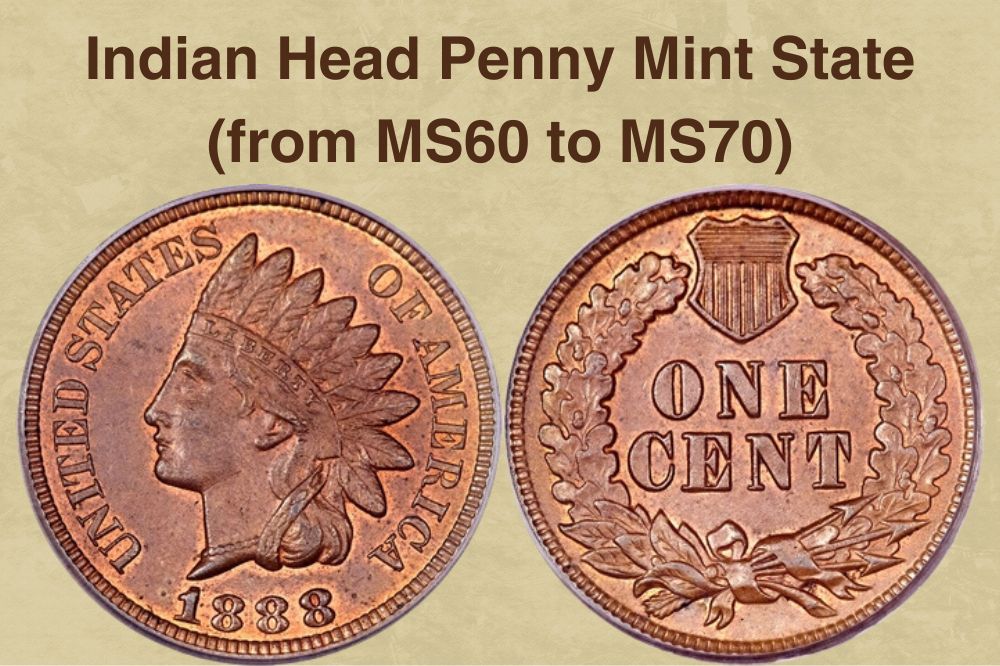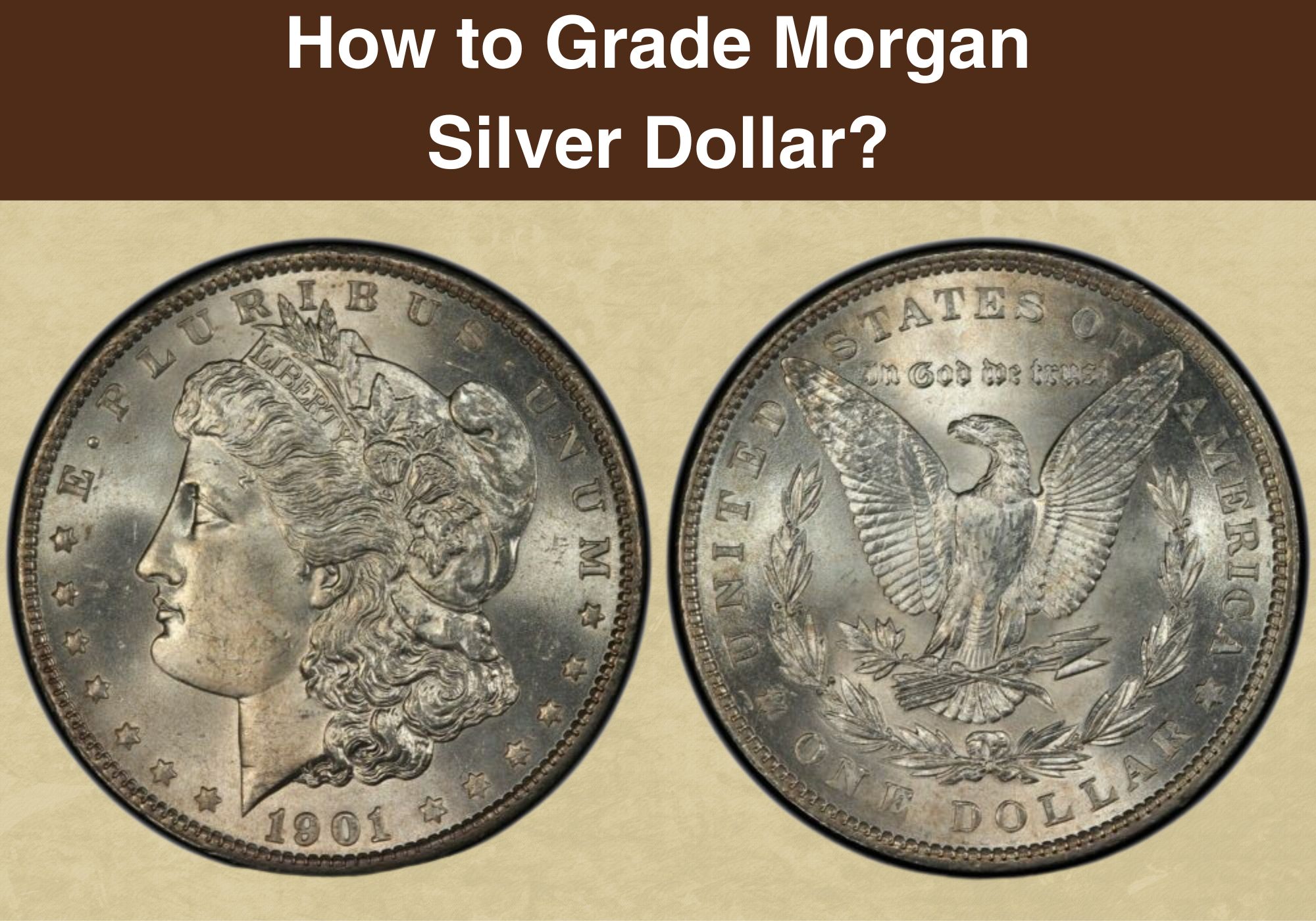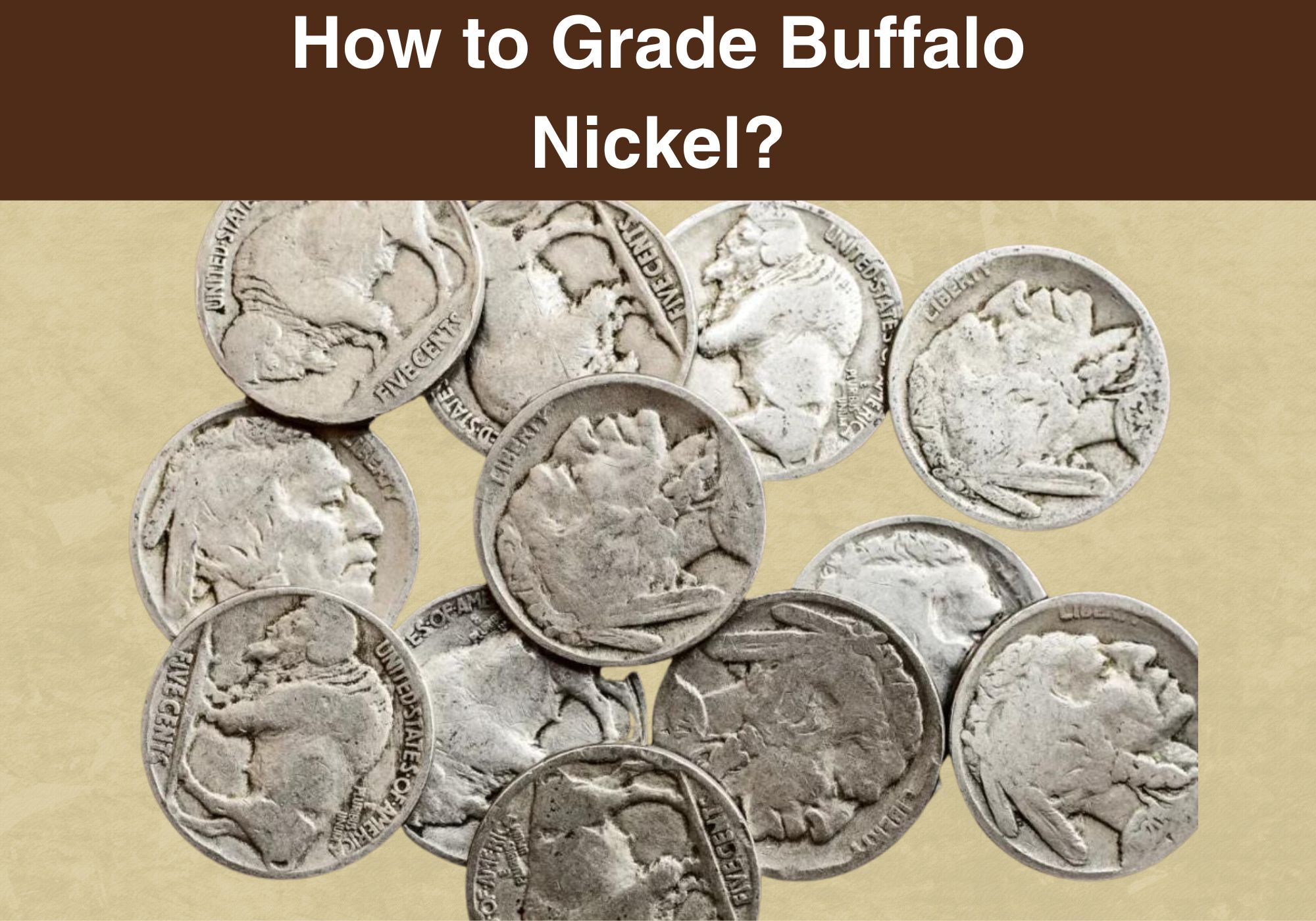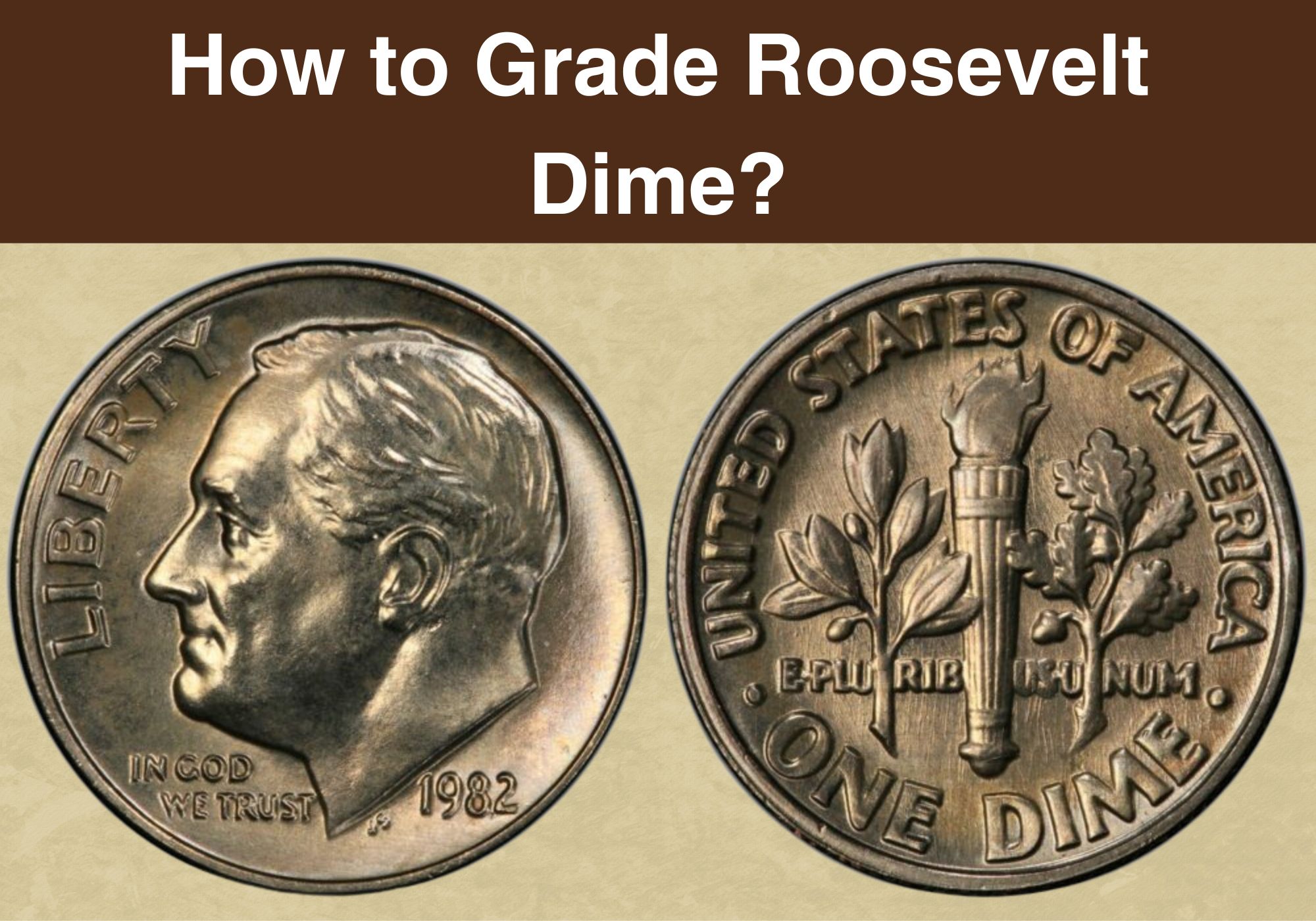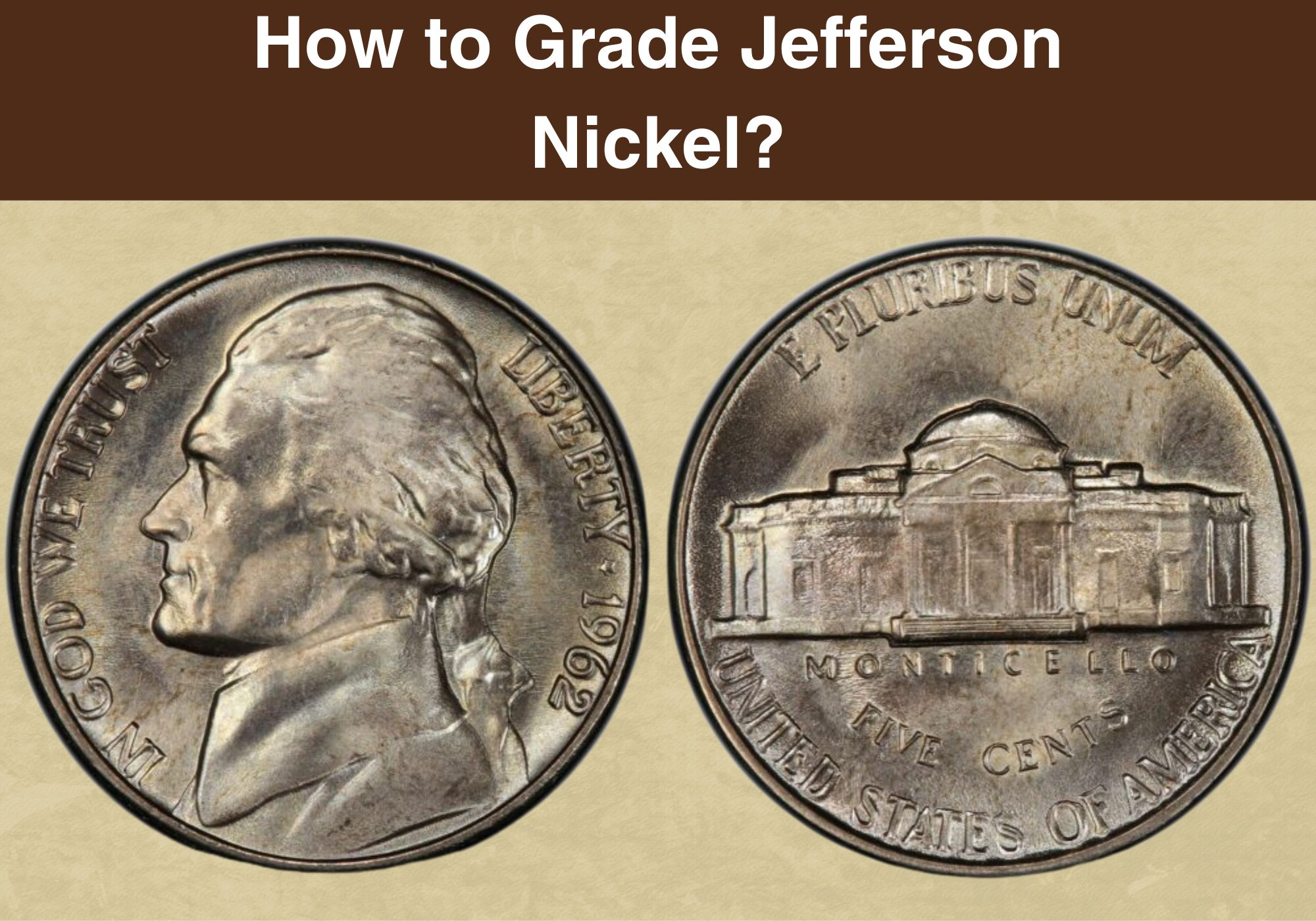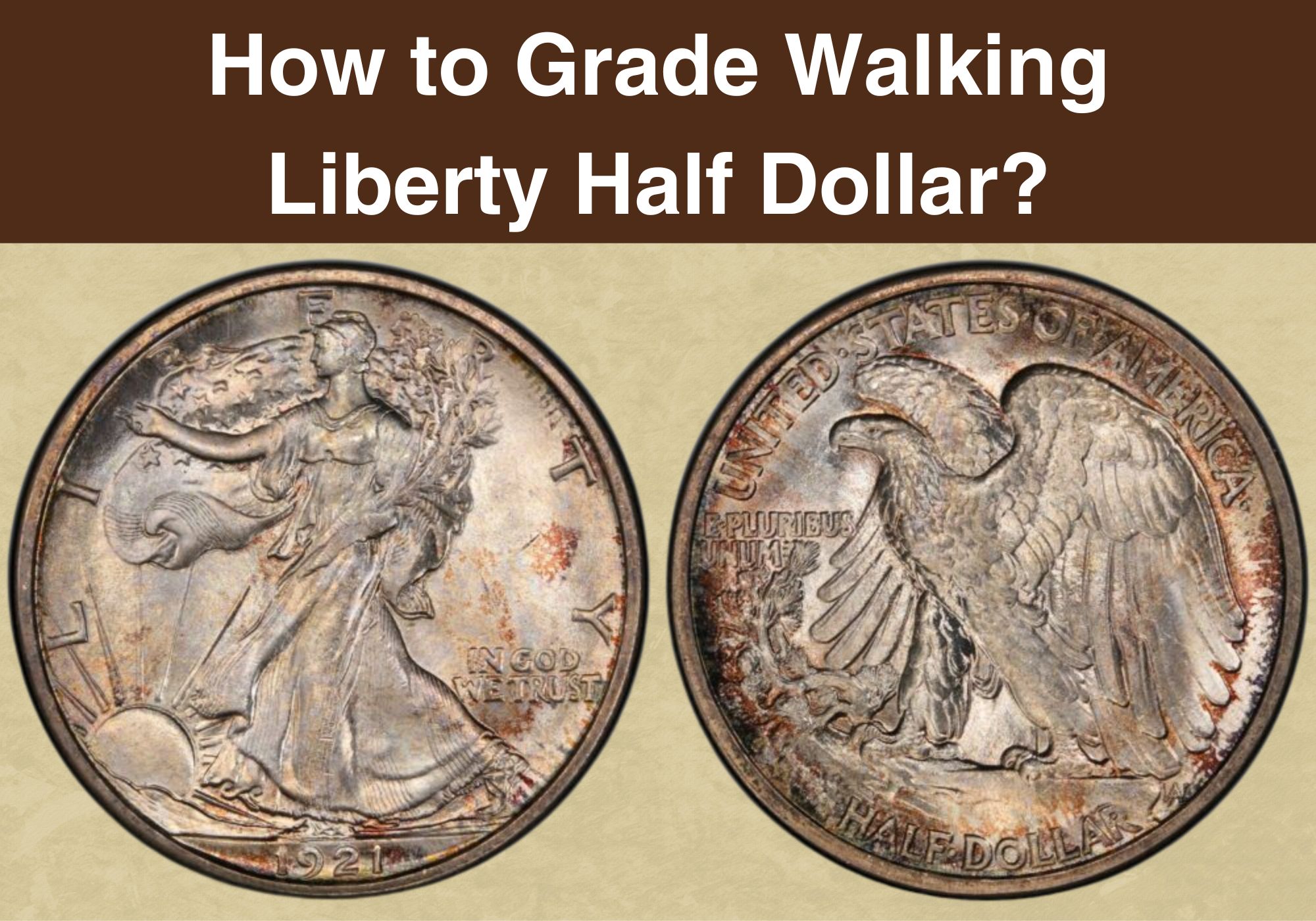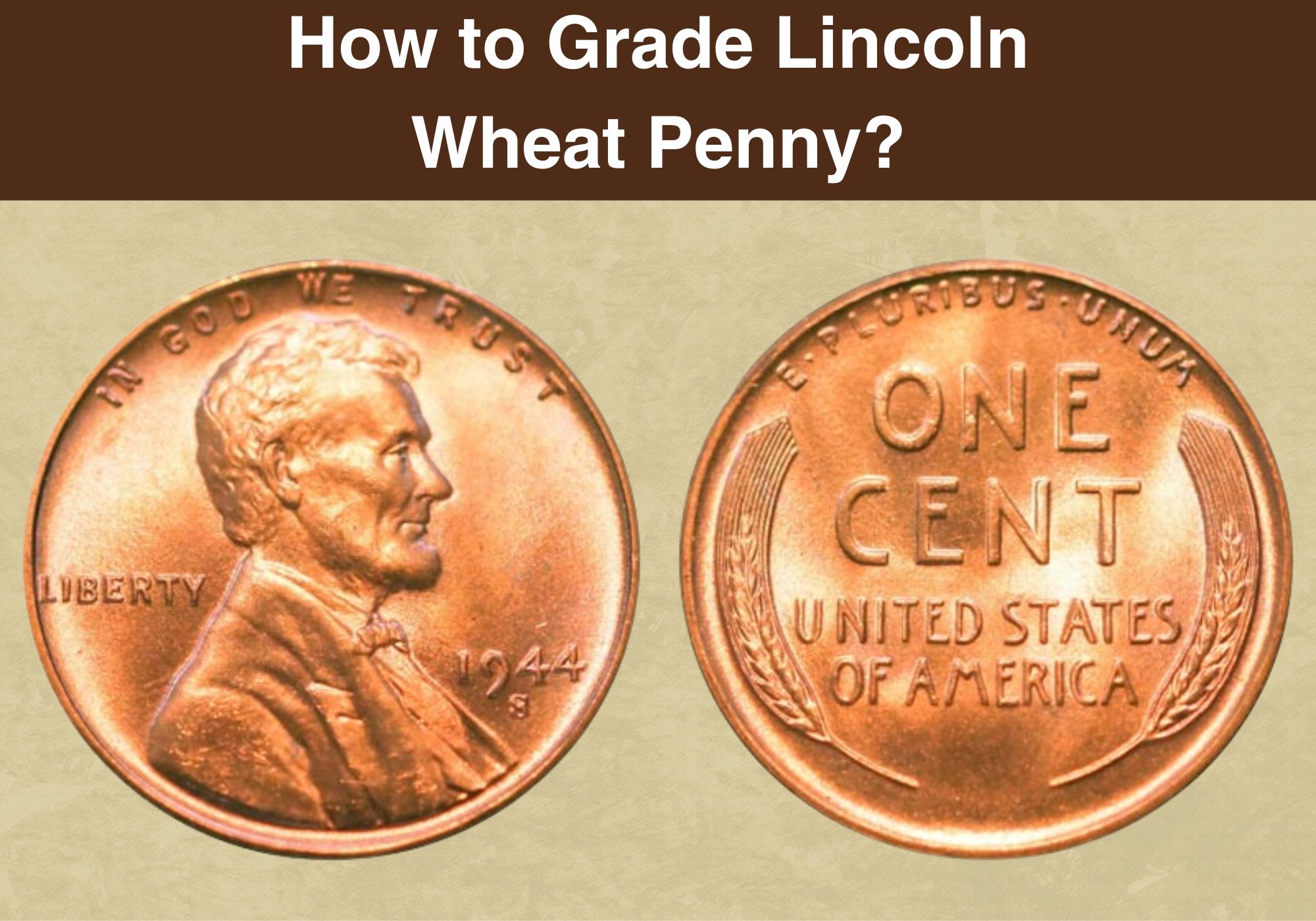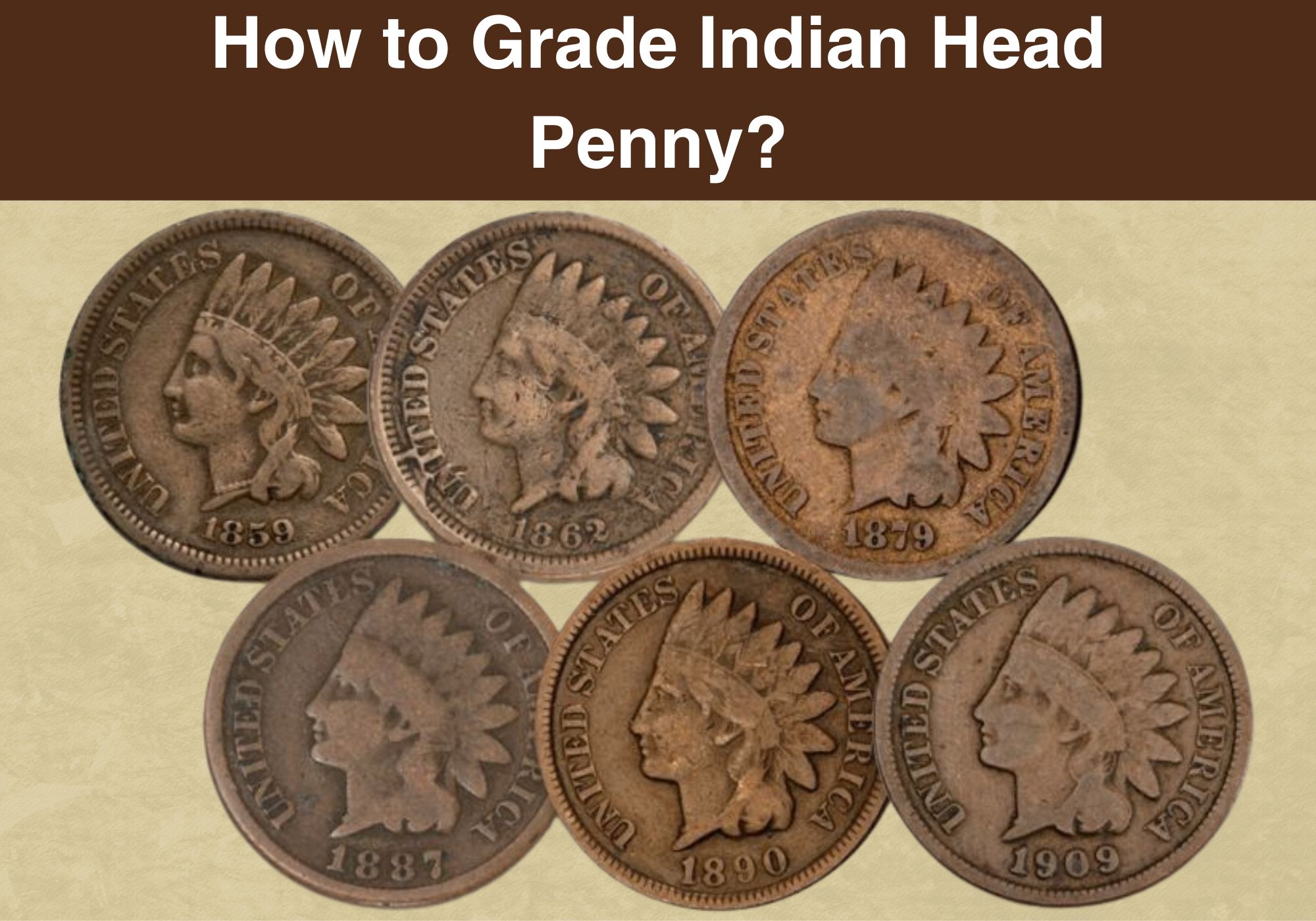
Coin Value Contents Table
Coin grading is a skill, and professional appraisers spend years gaining perfect experience to evaluate each piece’s quality and price beyond a reasonable doubt. You can check guidelines and learn how to grade Indian Head pennies, but it is not enough for superb pieces.
If you want to get the highest possible cost for your specimen at the most prestigious auctions, you must have it professionally graded. Nowadays, several companies can do that for you, including PCGS and NGC.
Grading Standards
You can apply general ANA standards to each coin you grade. However, the exact descriptions used for specific specimens can vary significantly. The reason is the specifics of each design, the height of the relief, and the sequence of its wear.
Therefore, you should check a chapter related to the coin you have and strictly stick to the guidelines. Then, check all details visible to the naked eye or with a magnifying glass. Remember that rough estimation is unacceptable only because some elements are similar to the description, but they may not.
Our grading guide is based on the Sheldon Coin Grading Scale.
The Sheldon Coin Grading Scale is a 70-point coin grading scale used in the numismatic assessment of a coin’s quality. The American Numismatic Association based its Official ANA Grading Standards in large part on the Sheldon scale. The scale was created by William Herbert Sheldon.
Check it before reading our grading guide.
Understanding Grades for Indian Head Penny
You can recognize two types of Indian pennies, based on their composition and mass. Early coins produced from 1859 to 1864 weighed more and contained a lower copper percentage. Their composition also included nickel, while later sets minted from 1864 to 1909 lacked this metal.
The US Mint struck special patterns in 1858, while cents minted after that date included specimens from regular issues and proofs. The early coins had a slight silver hue, thanks to a nickel part in an alloy.
The crucial advantage of this metal was to make coins harder, but it also caused their strike to be difficult and disabled them from being crisp. Besides, this combination required striking cents with greater pressure, causing the dies to wear out and break quickly.
The later alloy softened metal and made minting more effortless and coins susceptible to more attractive toning. Therefore, you should consider these differences while grading Indian Head cents.
Indian Head penny |
|
| Face value | One cent ($0.01) |
| Compound | Cupronickel alloy with 88% copper (1859 to 1864) |
| Cupronickel alloy with 95% copper (1864 to 1909) | |
| Coin weight | 0.16 ounces (4.67 g) – from 1859 to 1864 |
| 0.11 ounces (3.11 g) – from 1864 to 1909 | |
| Coin diameter | 0.75 inches (19.05 mm) |
| Coin thickness | 0.09 inches (2.30 mm) |
That especially applies to coins in the mint state because their evaluation also includes color. Remember that the price range for this coin type significantly depends on their toning, including red pieces as the most valuable.
The official way to mark graded coins in the mint state is like the following:
The year – the mint mark – the mint state – the color
For instance, it should look like this:
- The 1908 S MS 68 RD Indian Head penny – for red specimens
- The 1908 S MS 68 RB Indian Head penny – for red specimens
- The 1908 S MS 68 BN Indian Head penny – for red specimens
Finally, pay attention to the highest design points when ranking your coin because they are the first to wear out.
How to Grade Indian Head Penny?
The Indian pennies are classic and among the most favored United States coinage. Most are available at decent prices, but some collectors prefer rarities. In this case, there are three keys, including:
- 1877 red cents
- 1908 S red cents
- 1909 S red cents
Even these coins are not particularly rare, except for some red pieces in the highest grades. Sometimes, a combination of a few atypical factors dictates unexpectedly high prices.
1. About Good (AG)
You should know that poorly preserved Indian pennies graded this way are not collectible, and numismatists avoid them. Their surfaces are heavily worn out and often severely damaged after spending years in circulation.
Obverse
Inscriptions are barely legible, and Liberty’s head is outlined without recognizable details. Although the lettering is smooth and sometimes merged with the rim, you can effortlessly recognize the date.
Reverse
The design is so worn out that the bow merges with the wreath. It is impossible to make out the leaves from the flattened mass of the wreath. The denomination, ONE CENT, is flat but readable.
2. Good (G, G4, G6)
Collectors often avoid coins in this grade, but it is the opposite with these pieces. Thanks to their age and the low number of available specimens on the market, they can be desirable even in this condition.
In fact, specimens minted before the Civil War and those from 1877 can be expensive despite an entirely worn-out design.
Obverse
A portrait is completely outlined, but a lack of fine details is noticeable at first glance. For instance, hair definitions and feathers are fully merged. All inscriptions and the date are intact and separated from the coin edge, which is mostly complete.
Reverse
A wreath is worn flat, and it is impossible to distinguish individual leaves. Even a bow and arrows merge with its bottom part, making one outline. Most horizontal lines in a shield are missing.
3. Very Good (VG, VG8, VG10)
Such ranked Indian pennies are well-worn but with a clear design that includes defined crucial elements. However, they are flat and without fine details.
Obverse
The LIBERTY written along the headband is barely visible, but you can recognize at least three letters. Appraisers also place coins with any combination of two complete and two partial letters in this grade. Despite heavily worn legends and the date, they are still defined.
Reverse
Slight wreath details are recognizable in this case, but its tops are still worn smooth with a barely noticeable bow outline. Ribbons are still flat.
4. Fine (F, F12, F15)
Such graded pennies show moderate and even wear on the entire surface with clear and readable legends and the date.
Despite the imperfect condition, many collectors consider coins in this grade acceptable, making them sought after on the market. It is particularly true for the sets minted before 1880.
Obverse
The first thing to check is the letters on the band. Only coins with visible LIBERTY and all readable letters can be ranked like this. They are weak in spots but fully recognizable.
Besides, you can notice that the hairline and forehead are separated, and the feathers’ bases are sharp and more or less apparent. The estimate is to see one-quarter of the hair detail while a ribbon is smooth.
Reverse
Such coins have visible horizontal lines on the shield, but a few are a bit merged. The wreath includes recognizable and distinctly outlined leaves, but they are noticeably flattened.
You can see a clear bow knot and distinct arrows, especially the outer two. The tops of leaves are smooth, and they often blend with the lower ones.
5. Very Fine (VF, VF20, VF25, VF30, VF35)
You can recognize moderate wear and slight flatness on the highest design parts. However, these coins have pleasing and attractive overall condition, making them collectible.
Obverse
The worn word LIBERTY still has pretty sharp letters. Only half of the details are visible on hair, while you can notice limited flat fields of wear on feather tips, hair ends, and a ribbon.
Reverse
In this case, wreath leaves, arrows, and a bow are worn, but you can recognize most details. Slight wear is visible on the tips of the leaves, while the bow is a bit flat.
6. Extra Fine (EF40, EF45)
This penny is slightly worn on the highest points, but the design parts are nicely defined, and the details are recognizable and sharp. You can sometimes spot traces of mint luster in some areas.
Obverse
The first thing to check is LIBERTY. The word should be complete and letters sharp. Feathers’ tips are well-defined and show minor wear. The diamond pattern on the ribbon is apparent, but you can spot traces of wear on the curl above the ear, while those by the neck are well-defined.
Reverse
The shield is clear with visible and separated lines, while a bow is lightly worn. High leaf points are smooth, but you can recognize details on the wreath and raised central leaves.
7. About Uncirculated (AU50, AU55, AU58)
These Indian pennies have only minor traces of wear with a few slight abrasions on the highest points. Both surfaces are well preserved with almost complete or at least three-quarters mint luster.
Obverse
This coin side shows slight traces of wear, primarily on the hair curl above a Liberty’s ear and the lowest curl behind the ribbon. Inscriptions, feathers, and the diamond pattern on the ribbon are complete and appealing.
Reverse
A trace of wear is visible on the bow knot and most leaves that create the wreath. The most significant changes are at the most prominent peaks of the design.
8. Mint State (from MS60 to MS70)
It is impossible to find the best-preserved Indian pennies in the highest mint state ranks because of their age. However, dedicated collectors saved some uncirculated coins over decades with recognizable mint luster and preserved details.
These specimens are without traces of wear from circulation, but you can spot more or less visible contact and bag marks on their surface. These attractive and eye-appealing coins are highly collectible and often expensive.
Summary
Despite an average high mintage, the early Indian pennies minted before 1864 are often expensive. That is particularly true for red specimens in the mint state with preserved high points and desirable mint luster.
Be aware that some cents in the series can be classified as uncirculated despite flat high points because they were poorly struck during minting.

